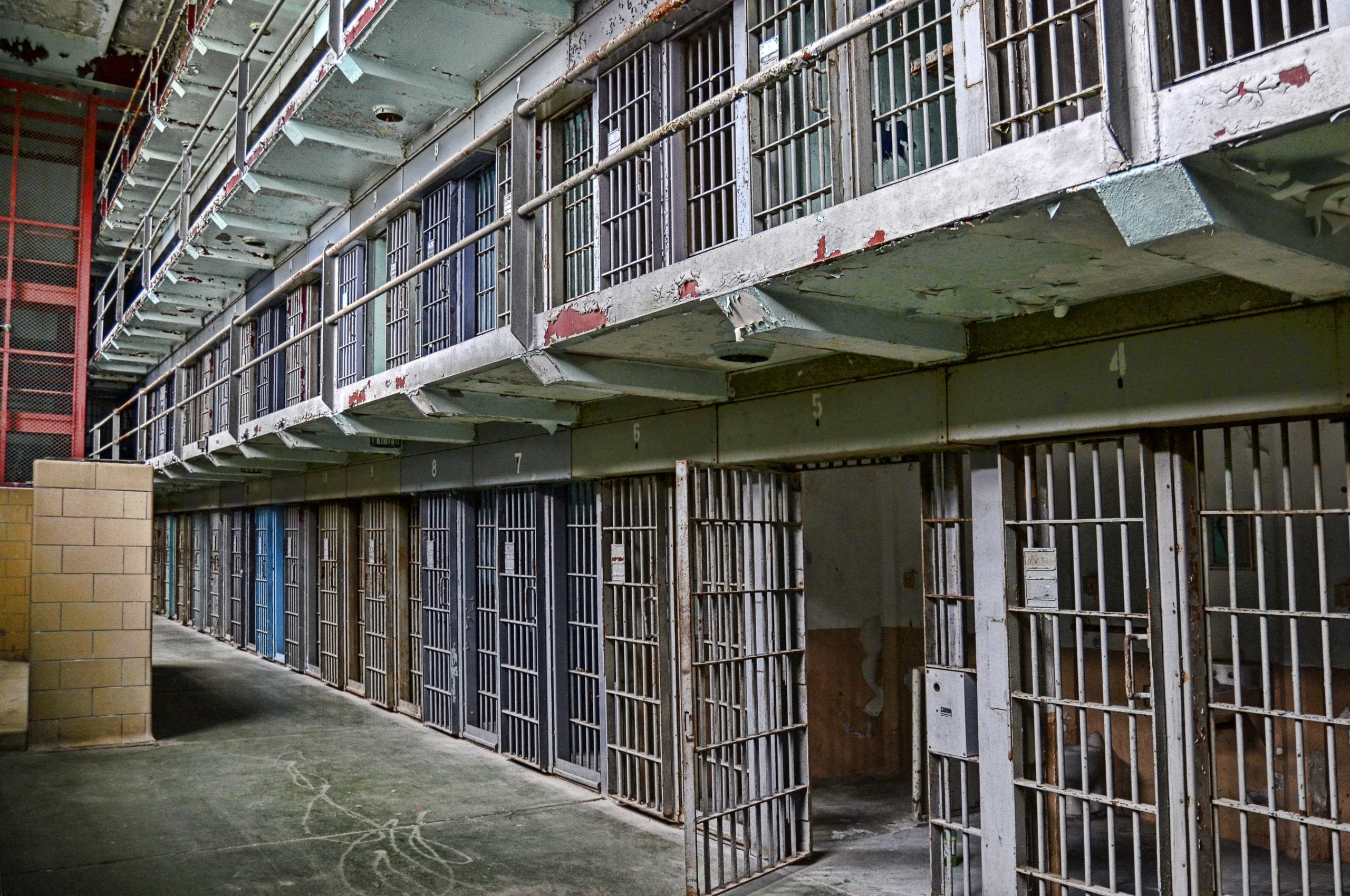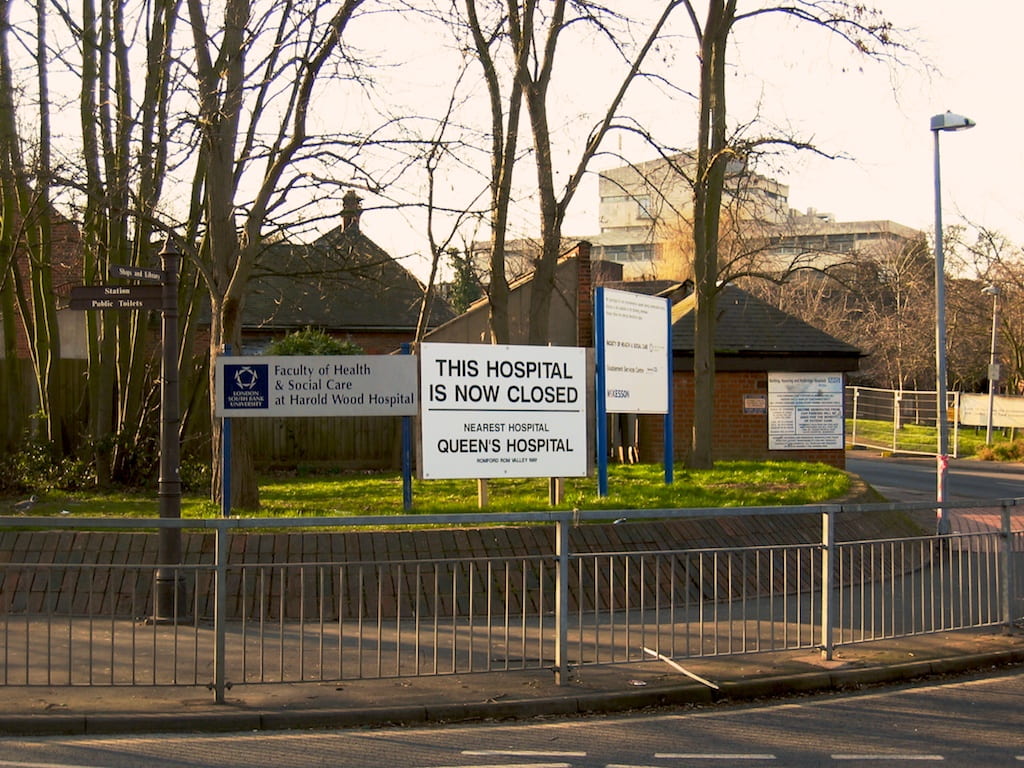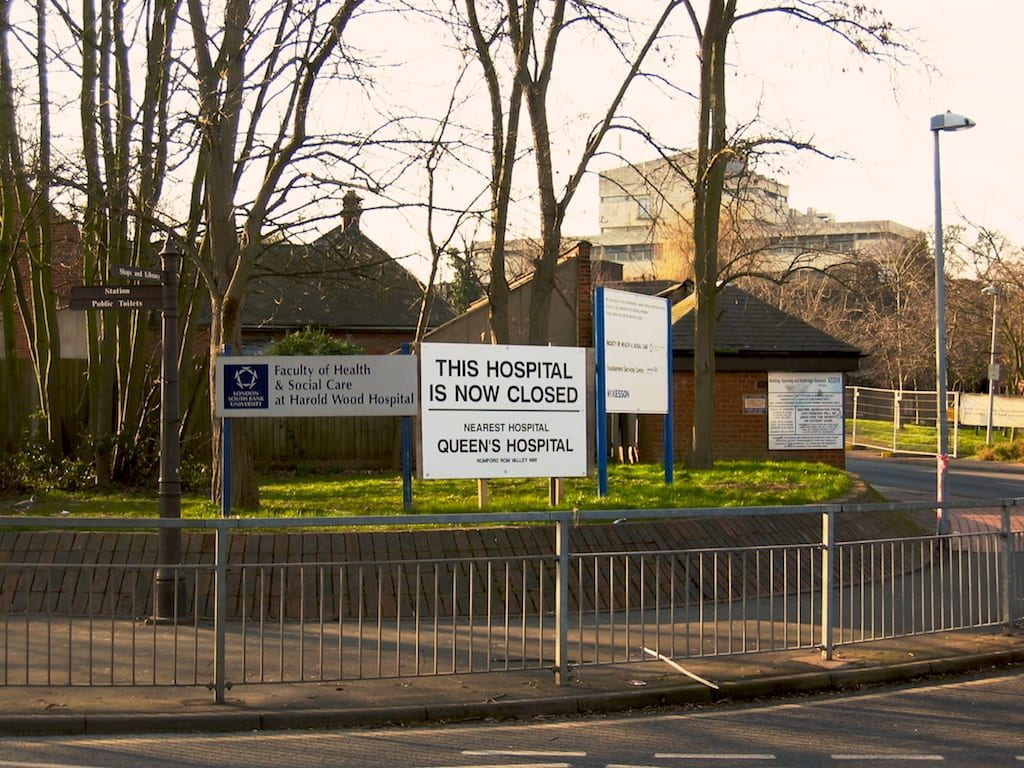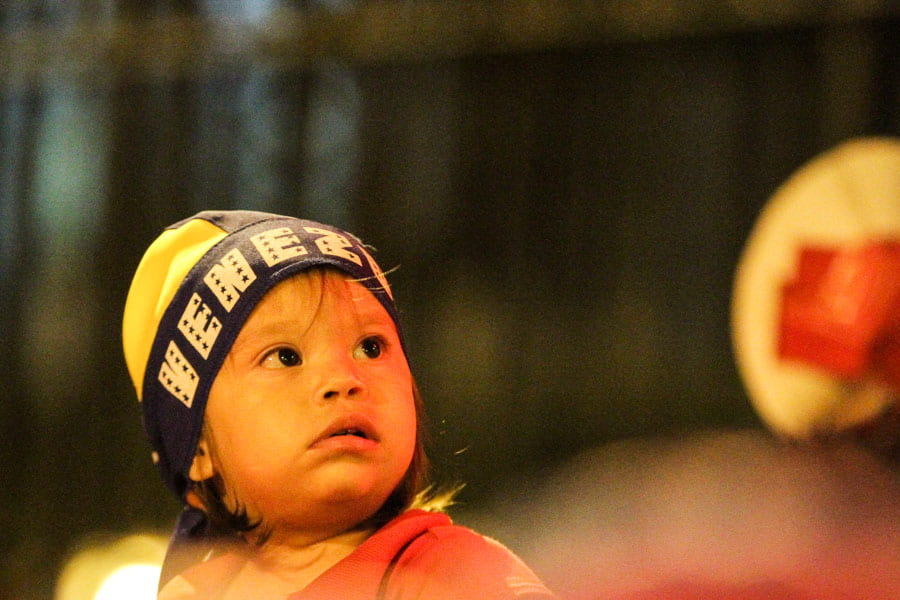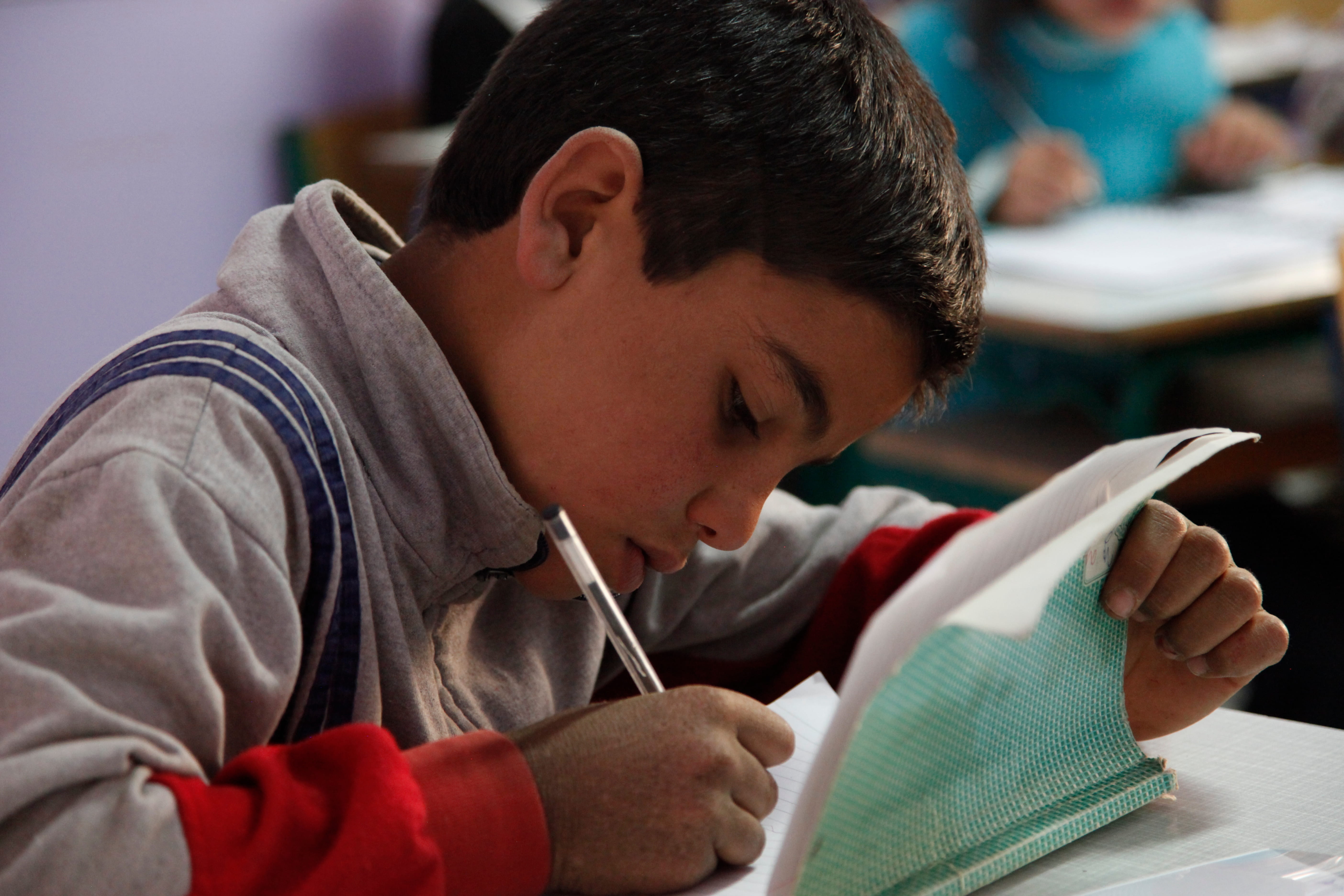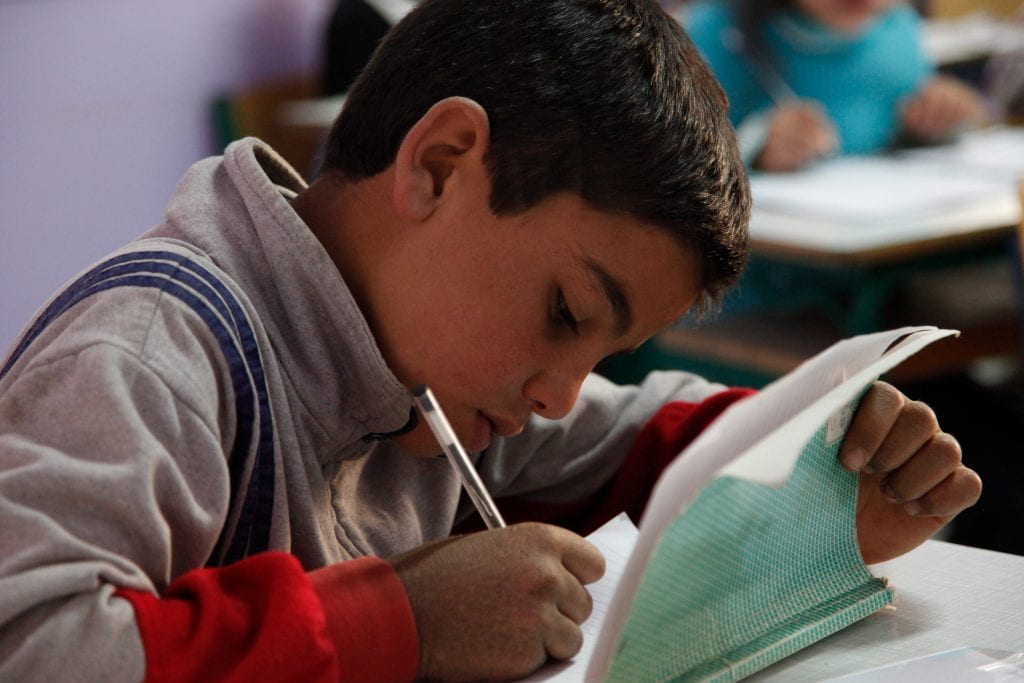
What do nursing, teaching, social work, and librarianship all have in common? Those working in these fields are underpaid, under respected, and mostly female. Pink-collar professions, or female-dominated fields, are considered less-respectable than other fields, and history points to the fact that mainly females work in them to be the cause.
Most of these jobs were once dominated by men, and when they were, they were highly respected. For example, before the late 1800s, teaching was a profession for men only; it was highly respected and well paid, but as females began to take these jobs, that quickly changed. This trend is similar for the other pink-collar professions mentioned—with the exception of social work because it is relatively new as a profession—and similar to trends in other pink-collar professions.
To understand why pink-collar professions are underpaid and undervalued we must first understand hegemonic masculinity. This is the idea that society has an ideal form of masculinity that is valued by many but attainable to very few. In fact, the main people who are able to meet this standard are fictional characters: Captain America, Wolverine, etc. In Still a Man’s World: Men Who Do “Women’s Work,” Christine Williams explains that this ideal puts pressure on the men who ascribe to it to push anything feminine away, including the jobs dominated by females. Hegemonic masculinity’s standard changes based on the dominant culture, but one aspect that remains is the need for dominance over femininity.
When women enter male-dominated professions, they experience discrimination and sexual harassment, which could deter them from staying in the field and negatively impact their mental health. However, when men enter female-dominated fields, they experience almost no discrimination. Tokenism is the idea that a minority group in a workplace or academic area will experience disadvantages and harassment. However, where other groups face discrimination, men benefit from being tokens. During higher education for male-dominated jobs, females experience many of the significant disadvantages of being tokens: women studying for these positions have heightened visibility, which can make them feel like they have to succeed because they feel responsible for the advancement of their gender in that profession. Additionally, the dominant group—in this case men—may be threatened by their presence, causing the dominant group to isolate tokens and pressure them to conform to the prevalent culture.
However, when men begin schooling for female-dominated professions, they generally don’t experience these challenges. Male professors tend to take male students under their wing, which gives them a boost in their classes and professionally—an advantage that most token groups wouldn’t regularly receive. Having a mentor is a great advantage to anyone training professionally, so the advantage these men receive over the women in these female-dominated fields is exponential. Additionally, while most tokens experience sexual harassment, men don’t experience sexual harassment in female-dominated fields. In fact, the group that typically experiences harassment in female-dominated professions is females; even though it’s at lower levels in high-wage female dominated fields, sexual harassment is still a big problem in female-dominated professions. Most tokens are the group discriminated against, but in the case of female-dominated professions, females still experience disadvantages starting in professional school.
Women continue to experience disadvantages after professional training as well. Most people have heard of the glass ceiling: the invisible force keeping women from reaching executive and other higher-up positions. While there is a higher proportion of women in executive positions in female-dominated professions, women still face a barrier: the glass escalator. The glass escalator is the invisible force pushing men—sometimes despite their wishes—to executive and administrative positions. This, in turn, leaves women with more experience in lower paying and lower ranking positions. Some men would rather stay in positions considered low-ranking, like children’s librarian, geriatric nursing, or lower elementary school teaching, but feel pressure to move up because of stereotypes of the work men should be doing. Others realize they will move up quickly and enter these fields with the goal of quickly becoming a reference librarian, ER nurse, principal, or other high-ranking positions. Regardless of the male employee’s intention, they are pushed past women into higher-ranking positions or specialties.
While there are more women in these professions, there is still a significant wage gap. This is not necessarily directly due to implicit sexism: because men often occupy the higher status—and therefore higher paying—jobs, men in female-dominated professions earn more than women. This is compounded by the problem that these jobs are underpaid to begin with. Regardless of the pay when men dominated these professions, when women began to dominate these fields, they immediately had lower wages. When professions like teaching and librarianship first became feminized, single women were those that flooded the fields. It was rarely the intention of these women to stay in the field after they were married, and women typically had someone else to rely on for financial support, so employers paid them less because they could. However, even when the attitude towards working women changed, the pay didn’t. Women in female-dominated professions are underpaid, while men are pushed to the positions that have higher pay.
The problem is not men; it is society’s view on women and “women’s work”. As a society, we underappreciate emotional labor and care-work, and many of the jobs involving this are female-dominated. There is the perception that anyone can do these types of jobs, even though most require education beyond high school. Because our culture values aspects of masculinity over femininity, men are pushed into more highly respected, masculine areas of female-dominated fields, which keeps equally qualified women out of those positions. As a society, we must work to value female-dominated professions based on their impact and importance rather than the perceived value of the person doing the work.
